
Habits and creativity may seem like opposite forces, one built on structure, the other on spontaneity. Yet, research shows that daily routines profoundly influence how we think, solve problems, and generate new ideas. Creativity isn’t limited to artists, musicians, or writers; it’s a vital skill for anyone seeking personal or professional growth. By understanding the habit loop, cue, routine, and reward, we can design habits that make creativity a natural part of our lives rather than a rare burst of inspiration.
Creativity thrives when the mind balances discipline and freedom. Neuroscientists explain that habits free up mental energy by automating repetitive tasks, leaving more cognitive resources for innovative thinking. For example, setting aside a specific time each day for brainstorming signals the brain to enter creative mode more quickly.
Writing in a regular idea journal strengthens memory and helps organize thoughts. Studies show that handwriting, in particular, engages the brain’s motor and language centers, making ideas stick better than typing alone. The limitation? Habits take time to form, on average, 66 days, so consistency is essential before results become noticeable.
Negative self-talk and perfectionism often sabotage creativity. By practicing non-judgmental brainstorming, we train the brain to explore possibilities without fear of failure. Techniques like mindfulness meditation reduce stress and create mental space for new connections to emerge.

For instance, using calming colors and motivational quotes in your workspace can reinforce positivity. Fonts like Twist Love Valentine Font add a playful, uplifting element to office posters, while Pure Path Contemporary Font brings modern elegance to digital planners or inspirational wallpapers. These visual cues encourage a lighter, more experimental approach to problem-solving.
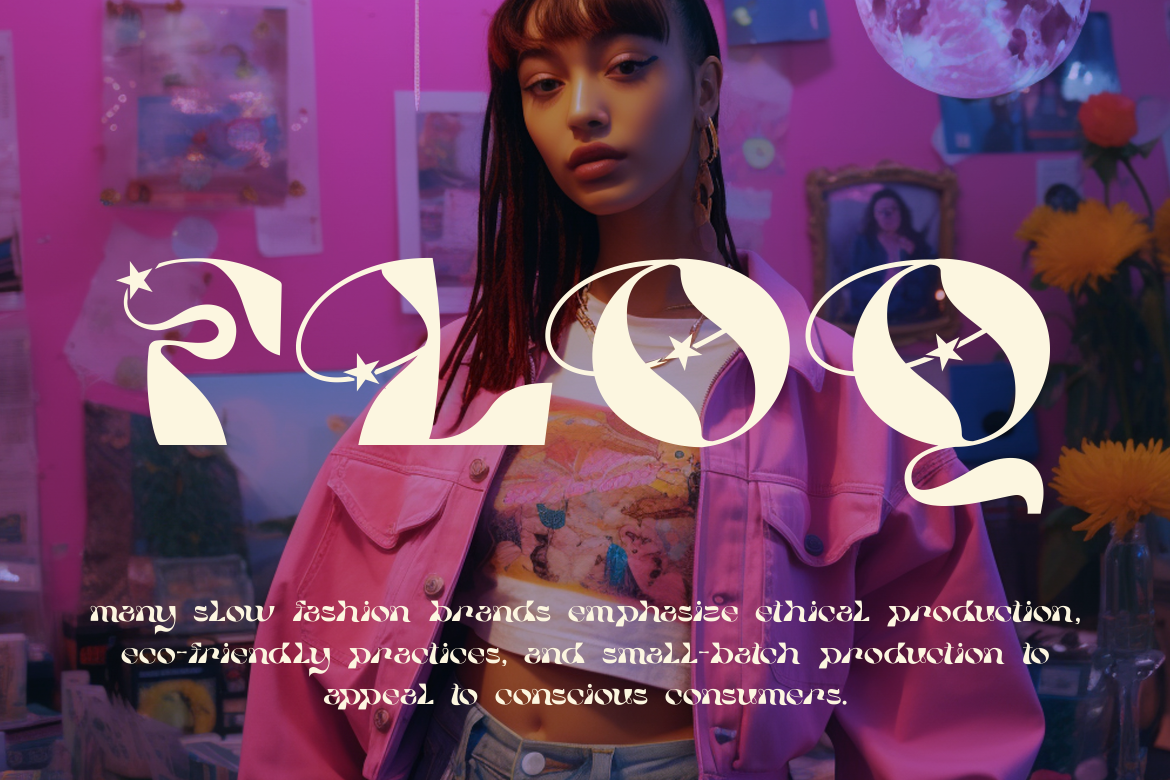
Physical surroundings play a crucial role in shaping creative habits. Spaces filled with natural light, plants, and visually engaging decor inspire focus and imagination. Many companies now integrate art installations, murals, or typographic designs into office spaces to encourage innovative thinking.
Fonts can help set the mood:
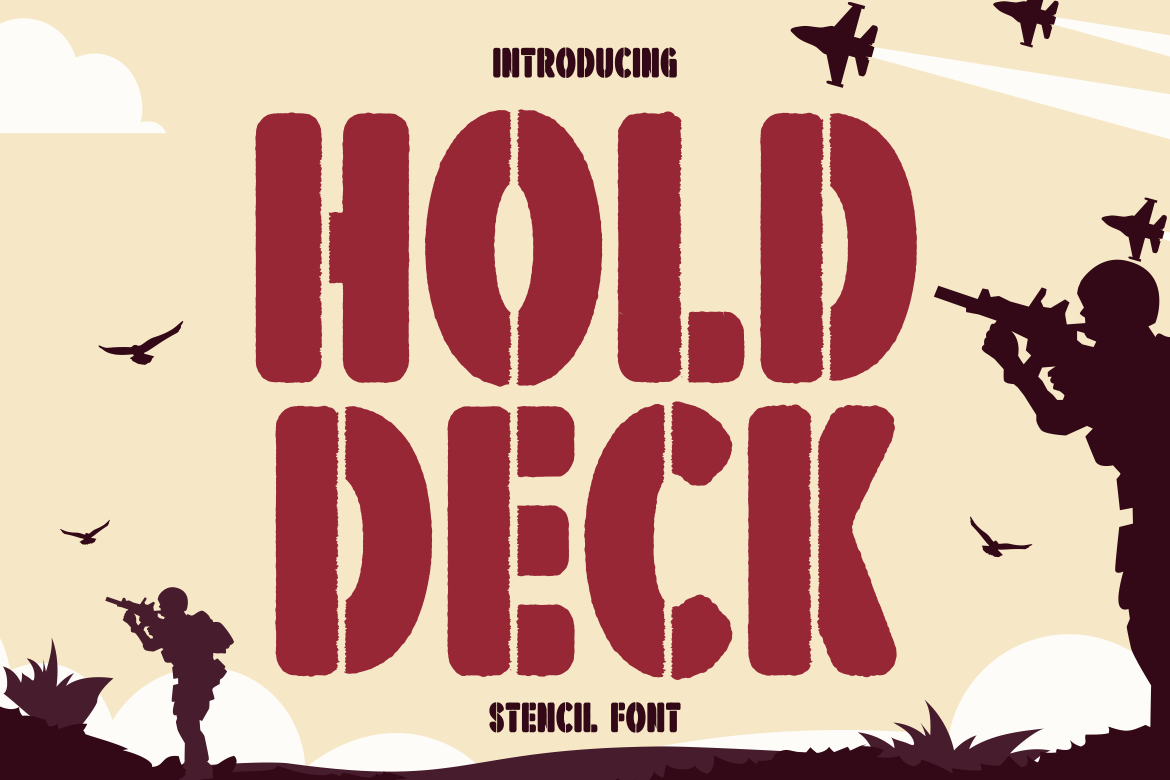
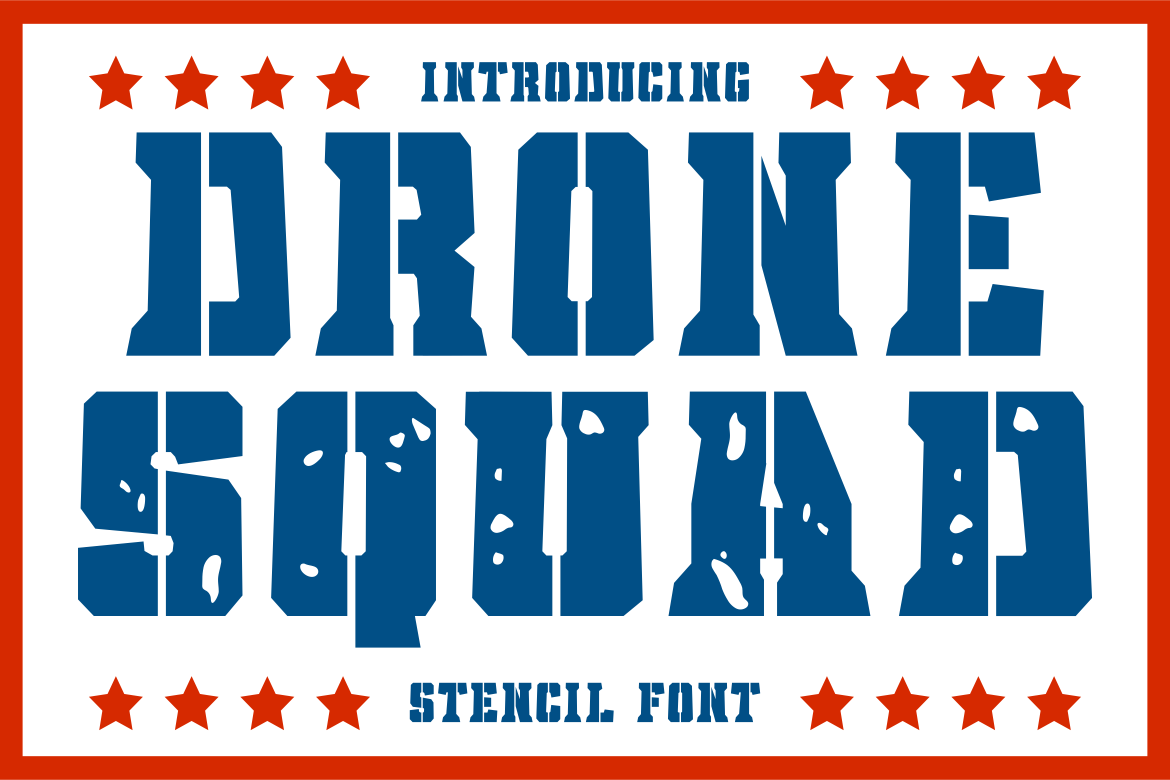
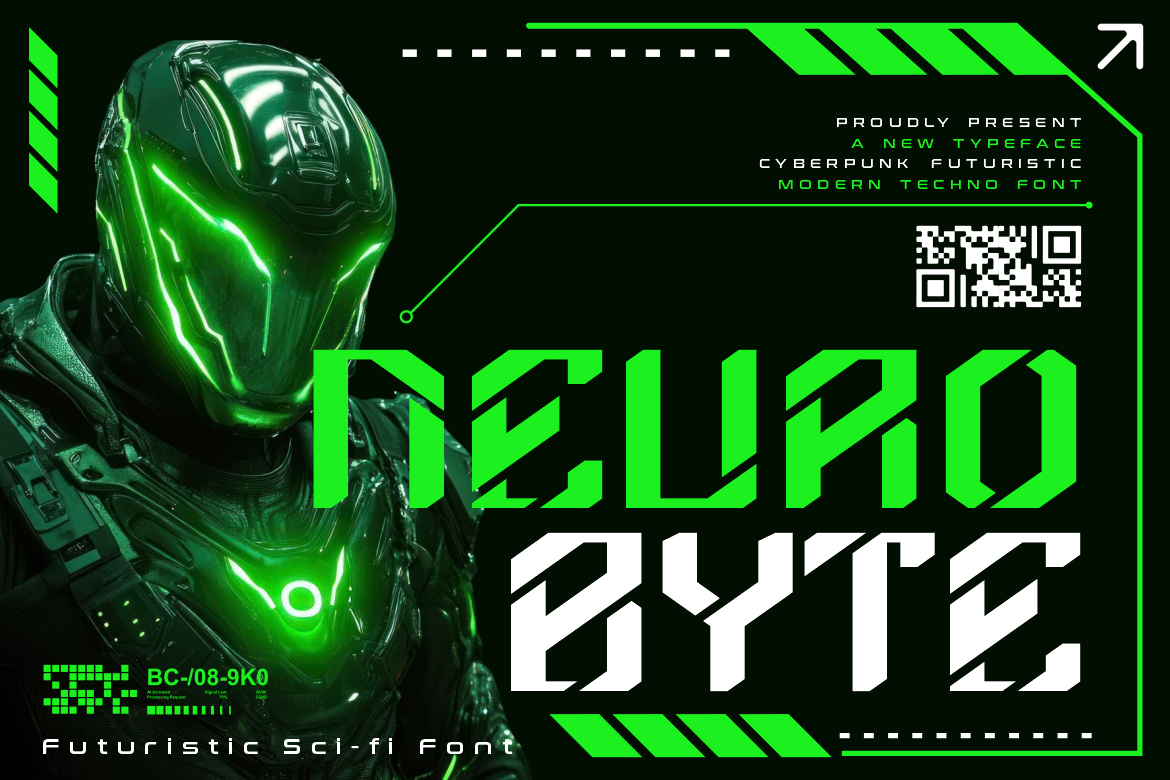
The strength of these fonts lies in their ability to reflect mood and personality, though highly stylized typefaces may limit readability in text-heavy settings.
A practical approach to creative habit formation involves three steps:
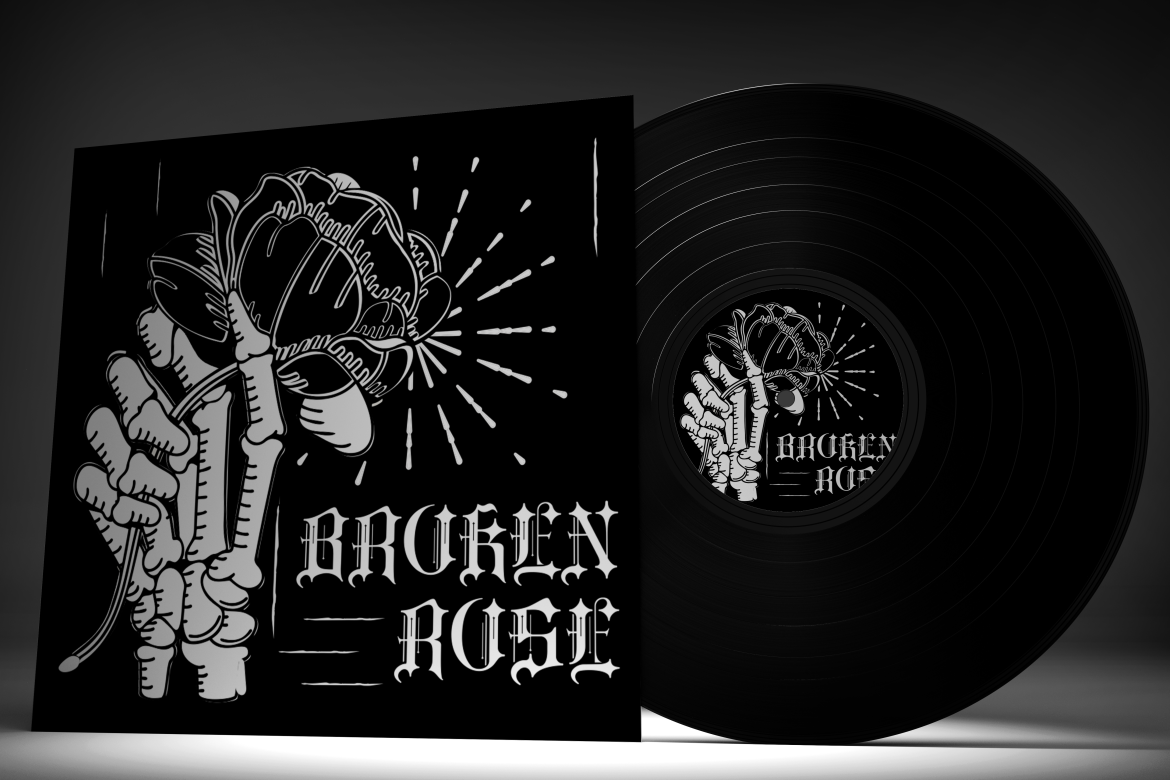
Digital tools and apps can support this routine, but analog methods, like handwriting in a notebook with visually appealing typography, often feel more personal and memorable. Using fonts such as Cradle Dust Black Letter Font or Retromaze Retro Multiline Font in custom journals can make the habit more enjoyable and visually inspiring.
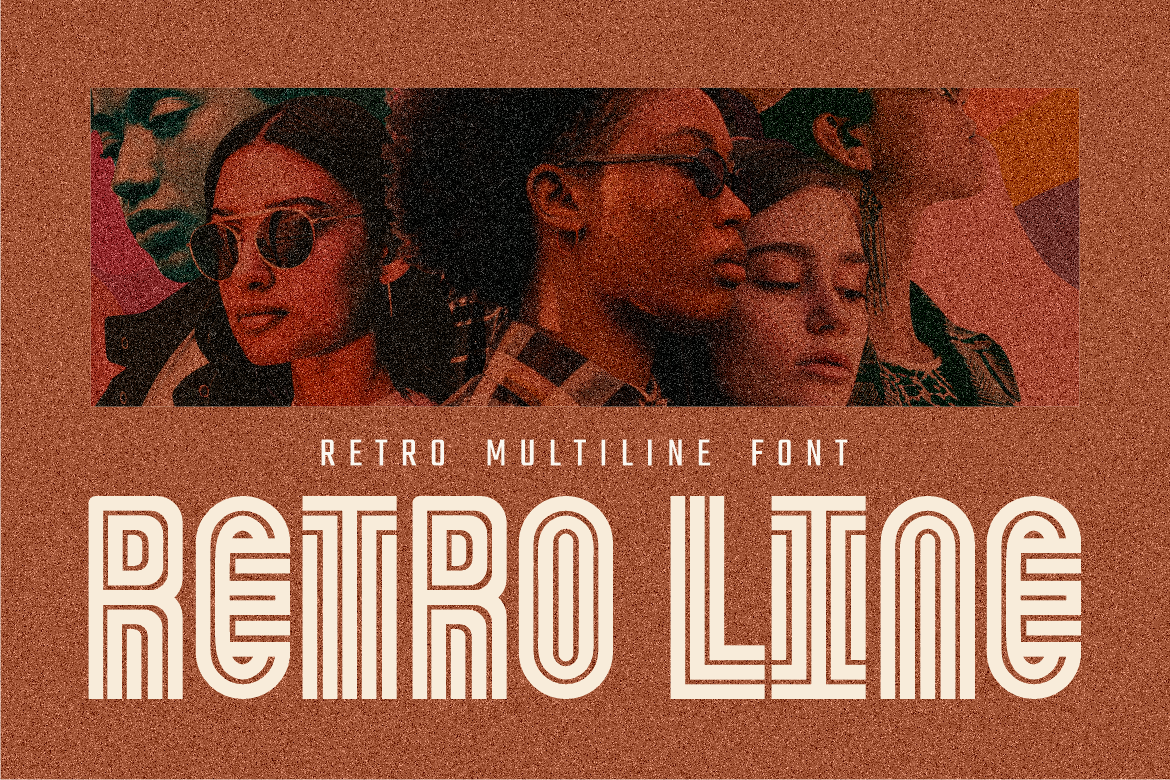
Creative habits fit into any environment, homes, workplaces, or educational settings. Morning routines work best for many because the mind is fresh and less distracted. However, night-time reflection sessions also spark insights by connecting the day’s experiences.
The key is consistency over intensity: short, daily creative practices outperform occasional marathon sessions because they align with how the brain forms long-term habits.
The benefits extend beyond art or design careers. Entrepreneurs use creative thinking for problem-solving, educators for lesson planning, and individuals for personal growth. A well-trained creative mind adapts better to challenges, sees patterns others miss, and generates innovative solutions in fields ranging from technology to health care.
However, unstructured creativity can feel overwhelming without habits to anchor it. That’s why frameworks like the habit loop matter, they transform creativity from a vague goal into a sustainable practice.
While creative habits offer many benefits, they don’t guarantee constant inspiration. External factors like stress, lack of sleep, or environmental distractions can still interfere. Moreover, over-scheduling creativity may backfire, turning enjoyable activities into rigid obligations. The balance lies in structure with flexibility, where habits provide a foundation but leave room for spontaneity.
By combining positive habits, supportive environments, and thoughtful design elements, like typography, color, and lighting, we can nurture creativity in everyday life. Whether through daily journaling, mindfulness practices, or visual inspiration using fonts from platforms like Putracetol.com, creativity becomes accessible to everyone willing to cultivate it.
Habits don’t limit innovation; they unlock it, creating space for imagination, problem-solving, and meaningful self-expression.
Thank you for taking the time to read this article. If you are looking for more great articles, feel free to visit Putracetol Blog
Additionally, if you want to explore some free typography options, you can check out Putracetol Studio on Dafont. Happy reading and designing!